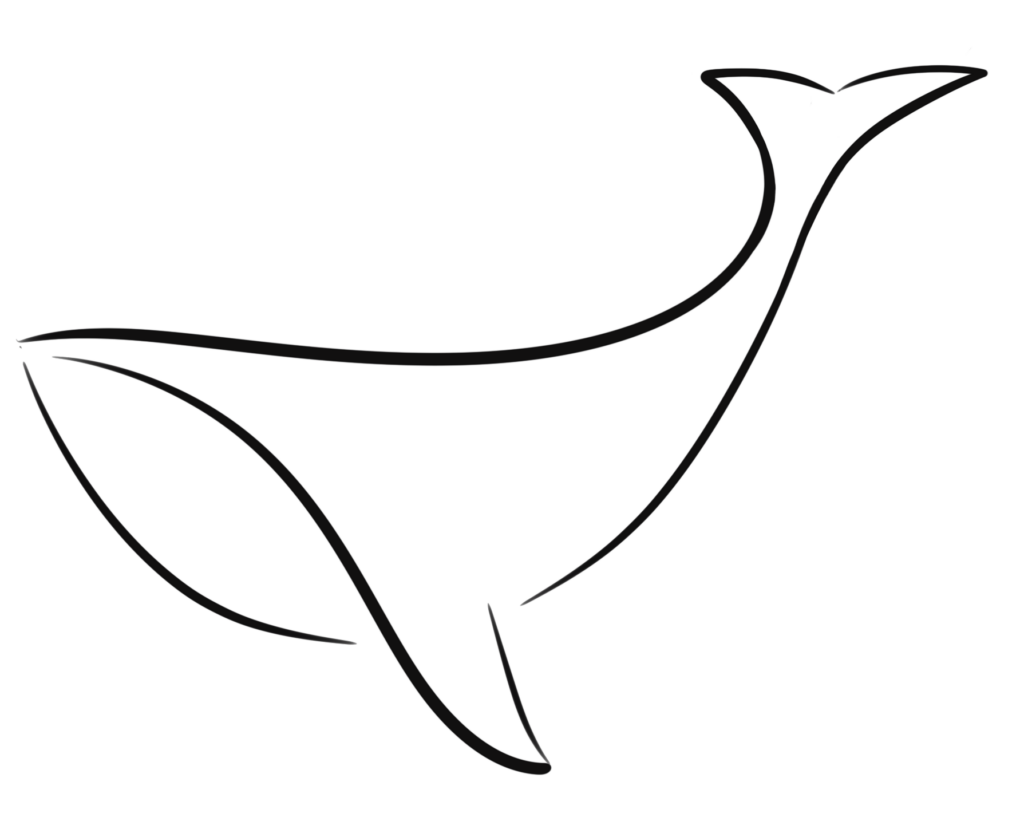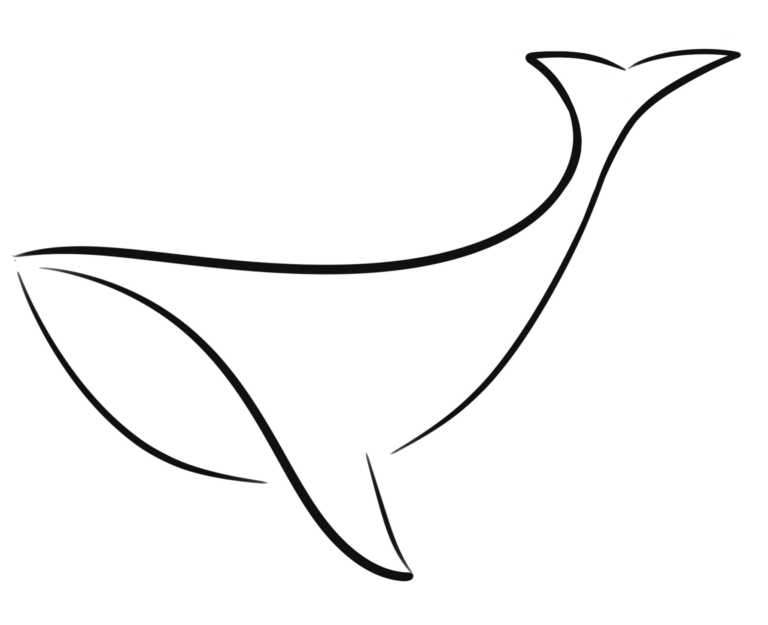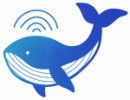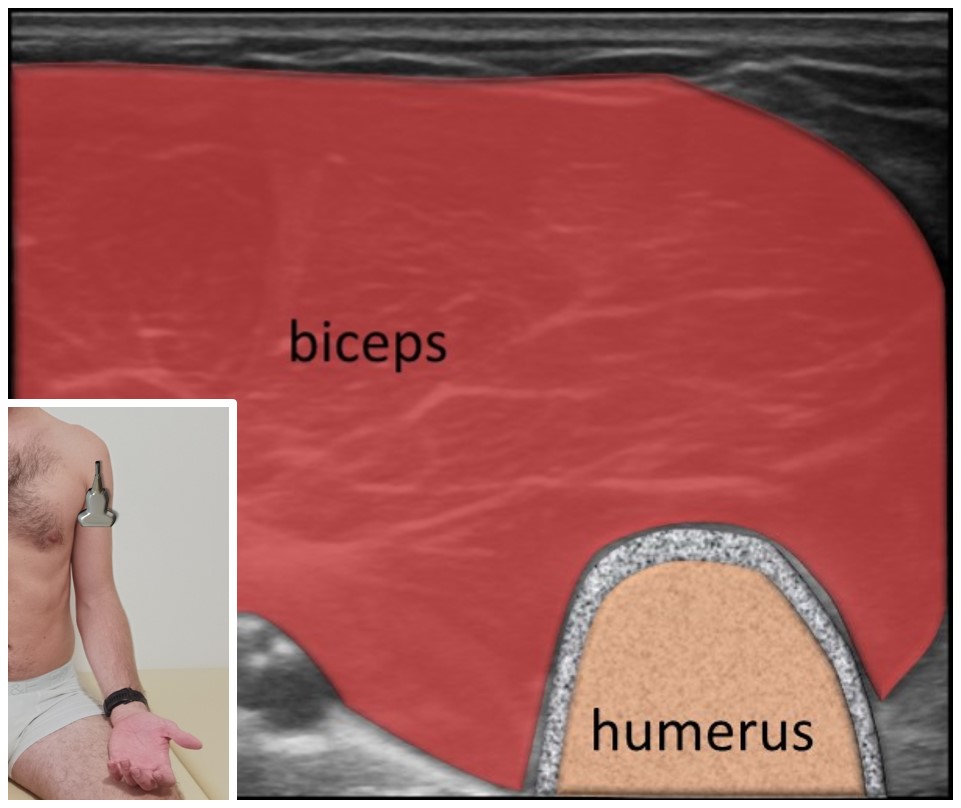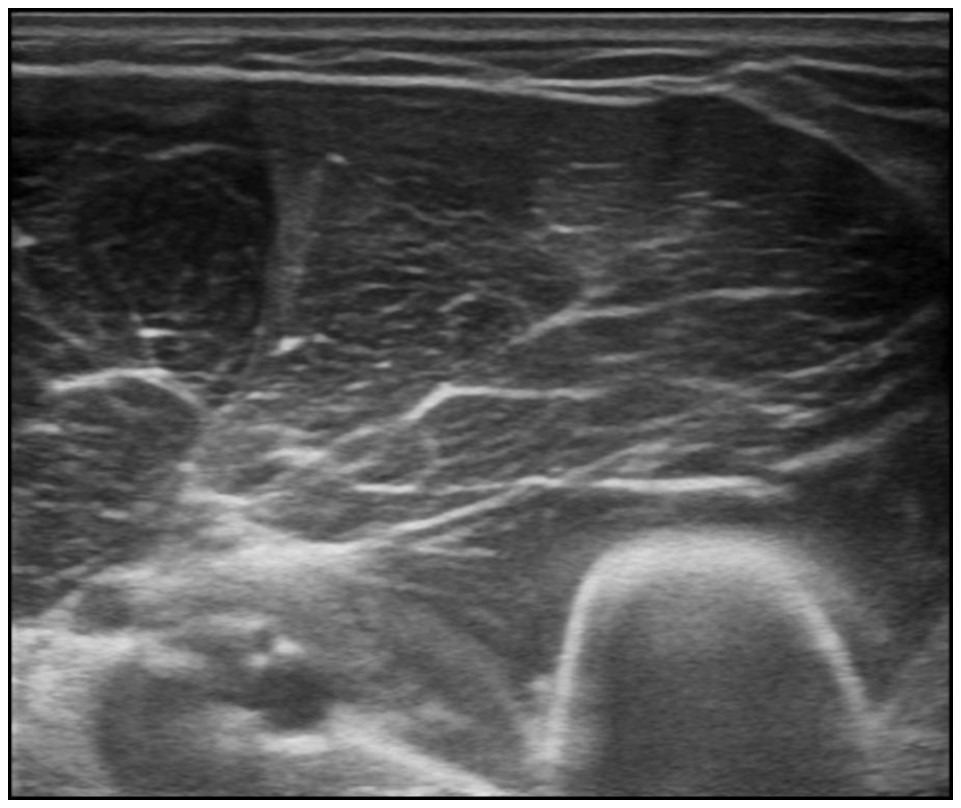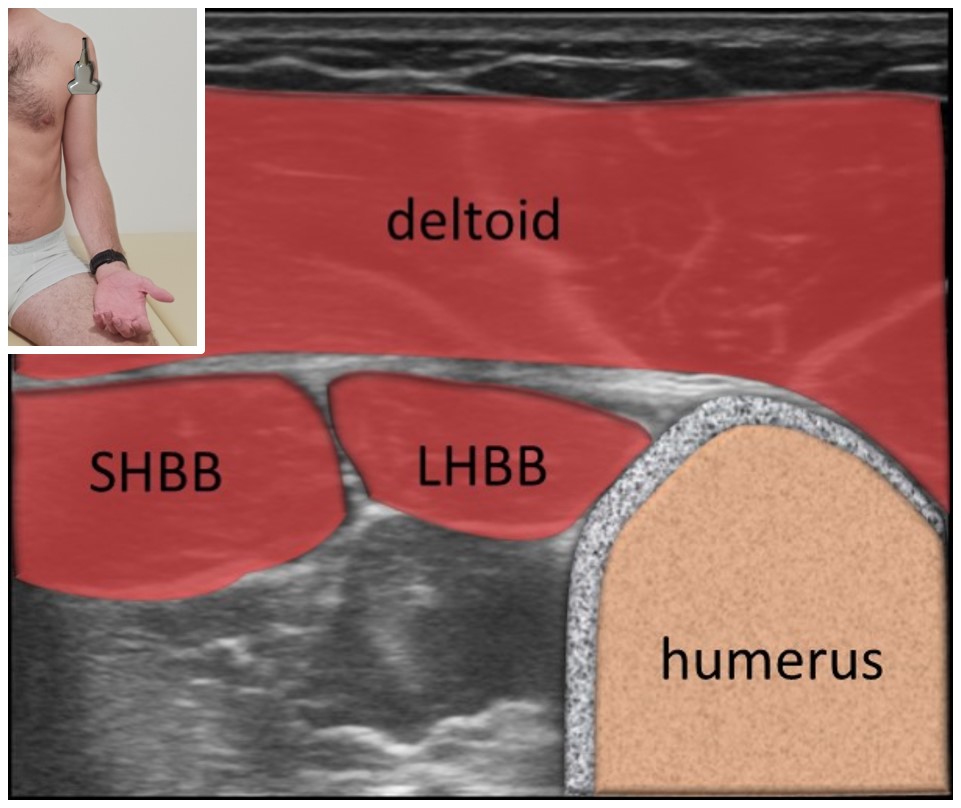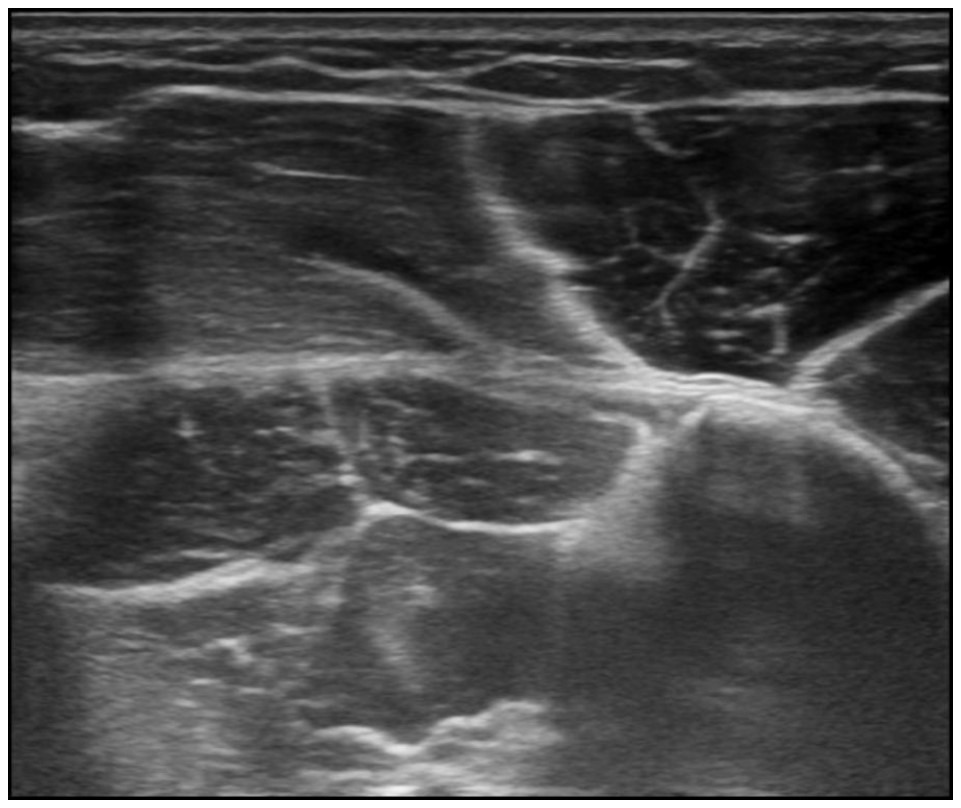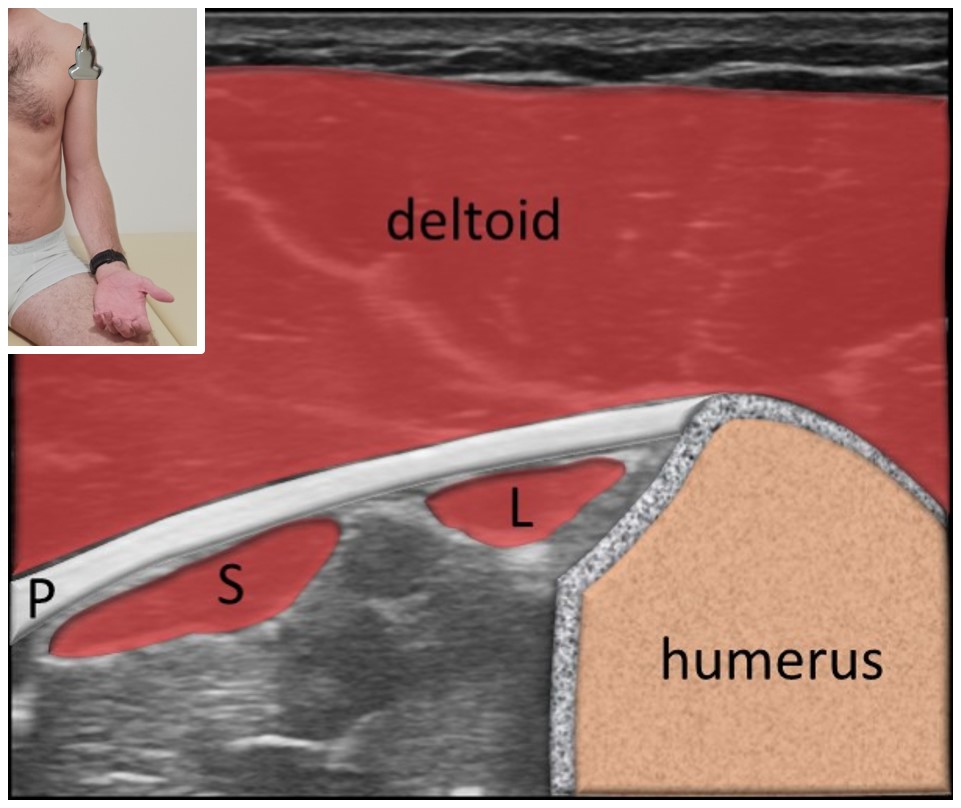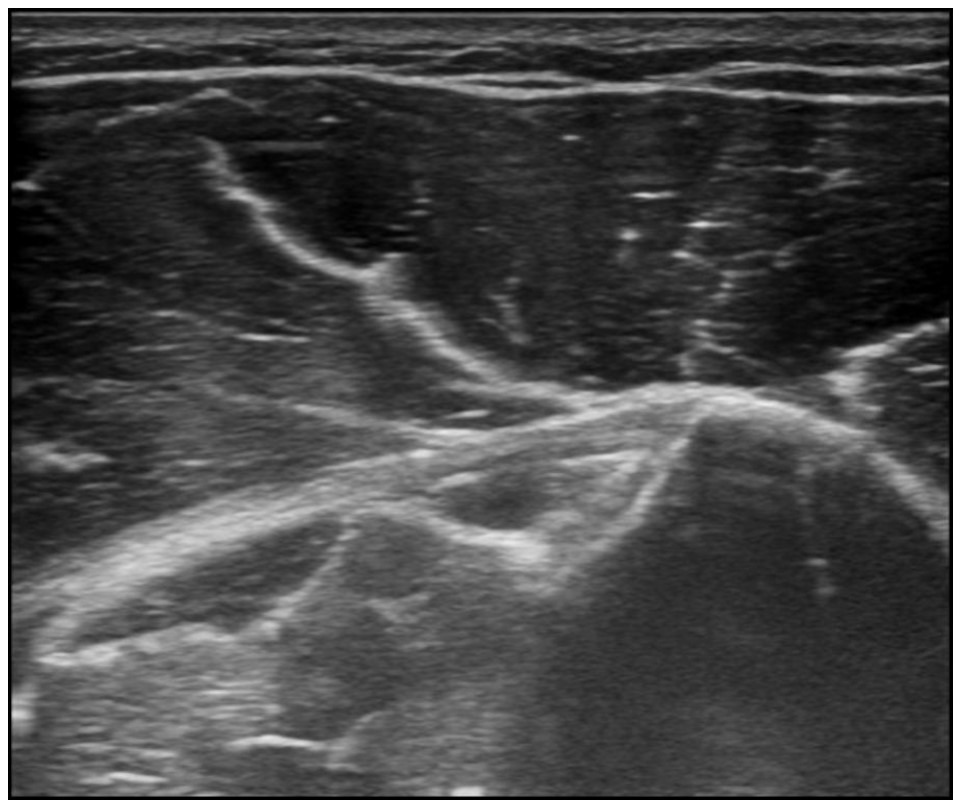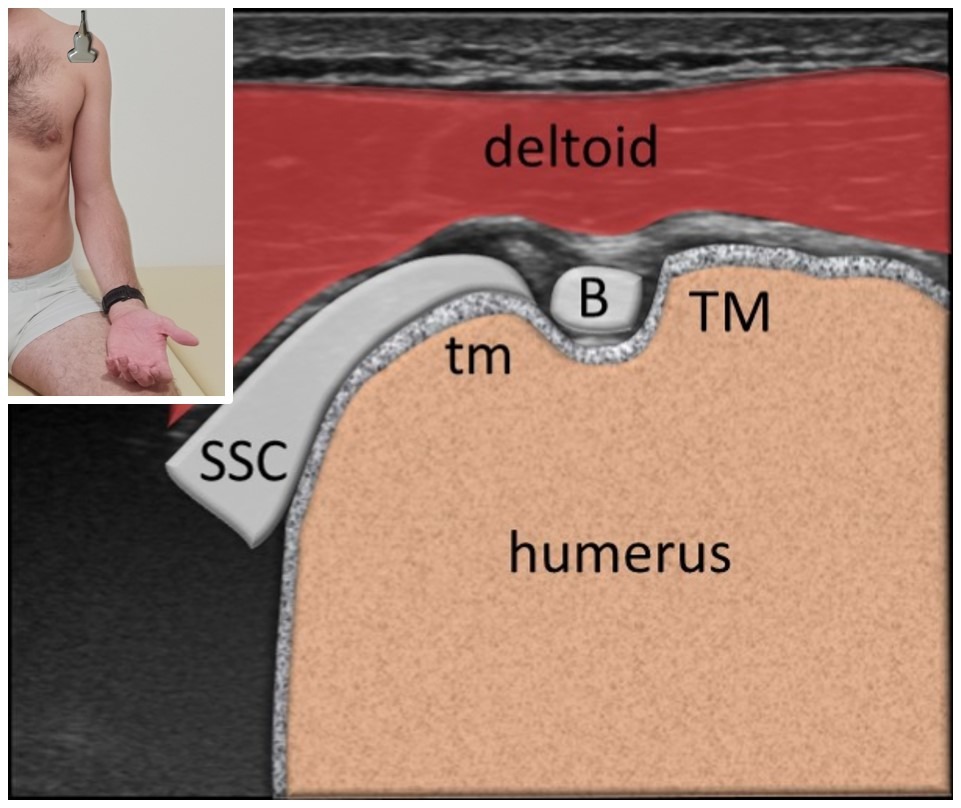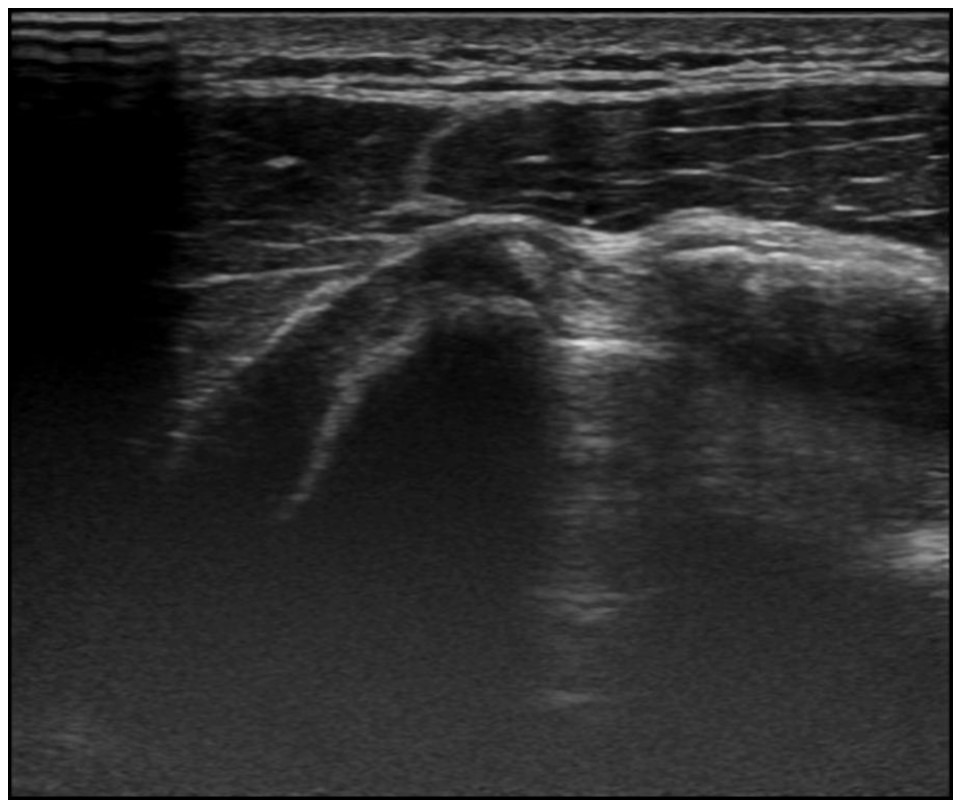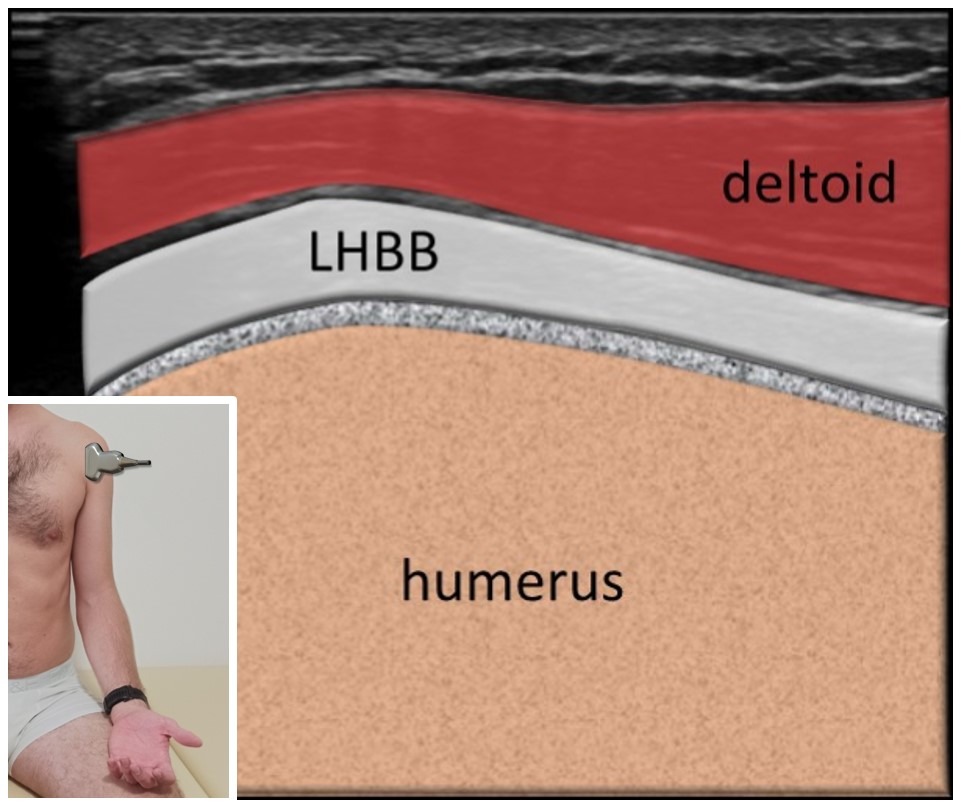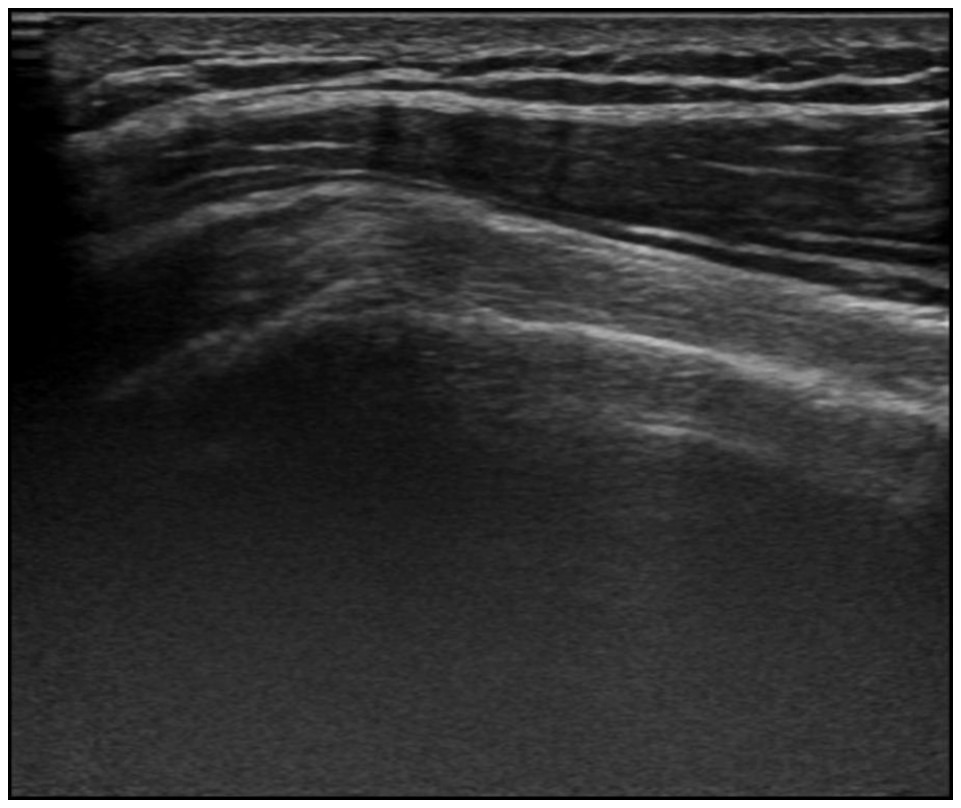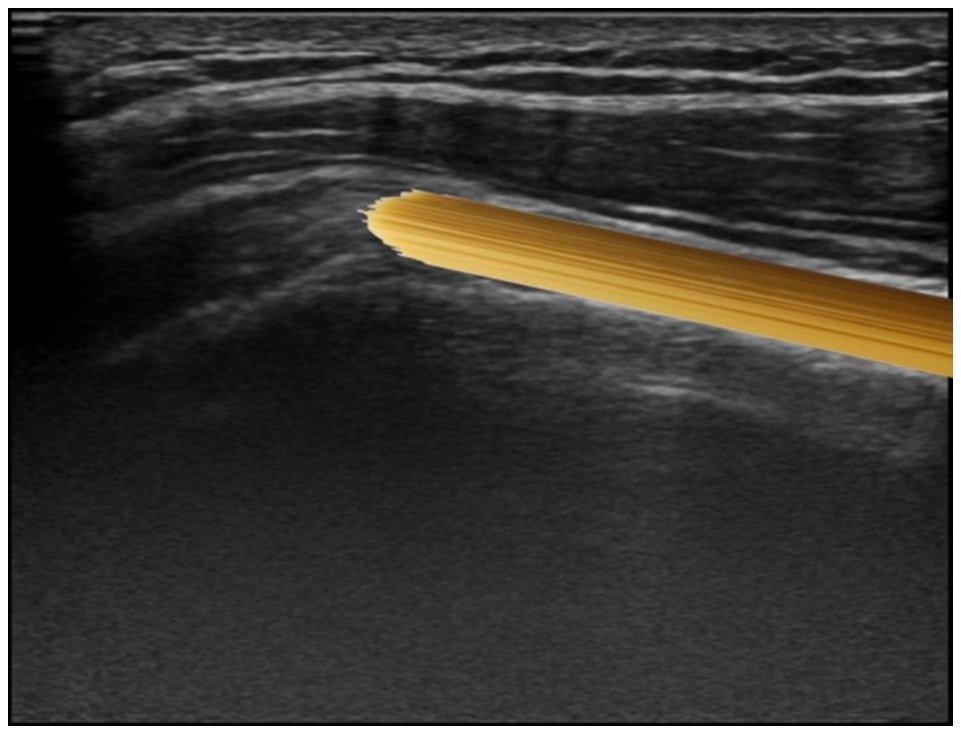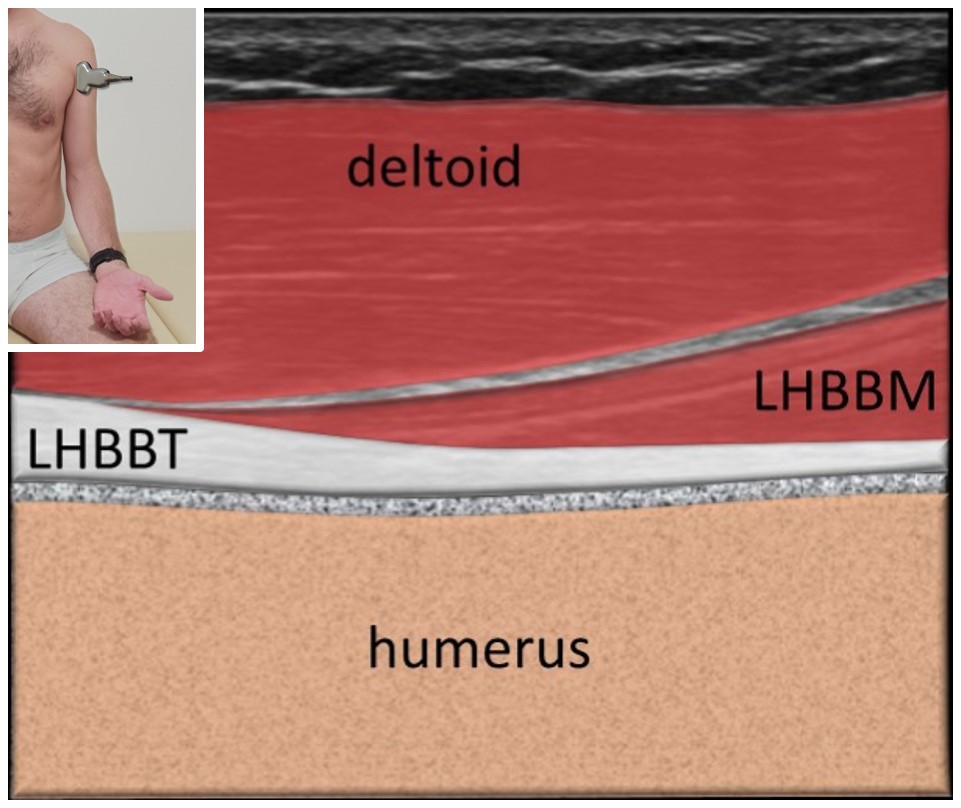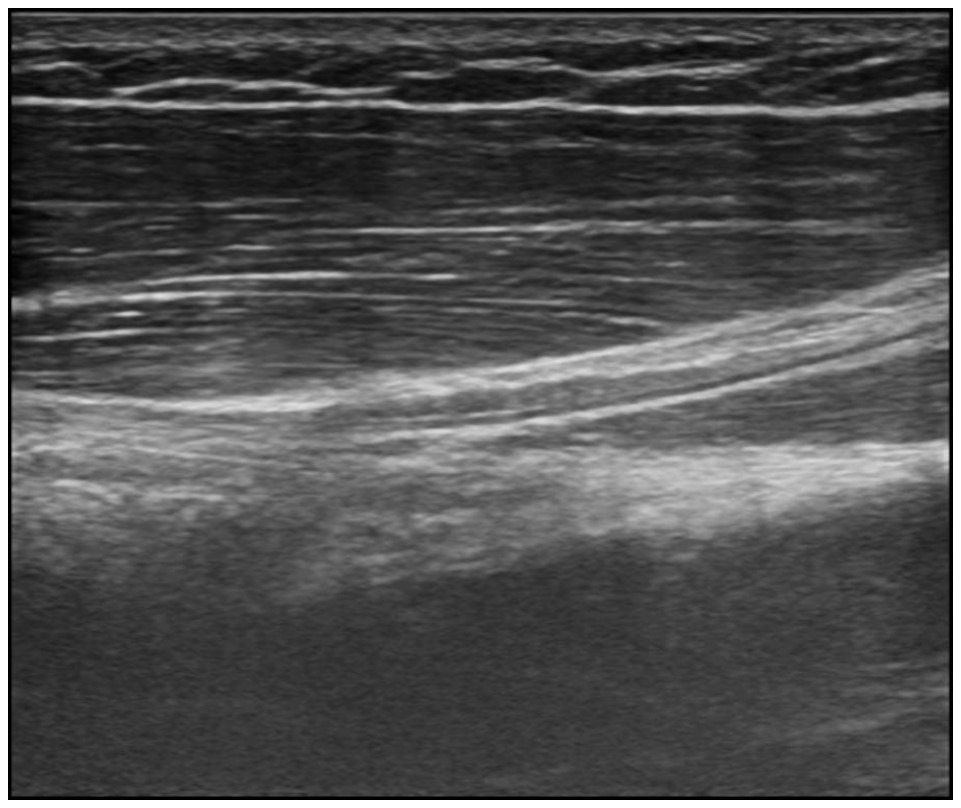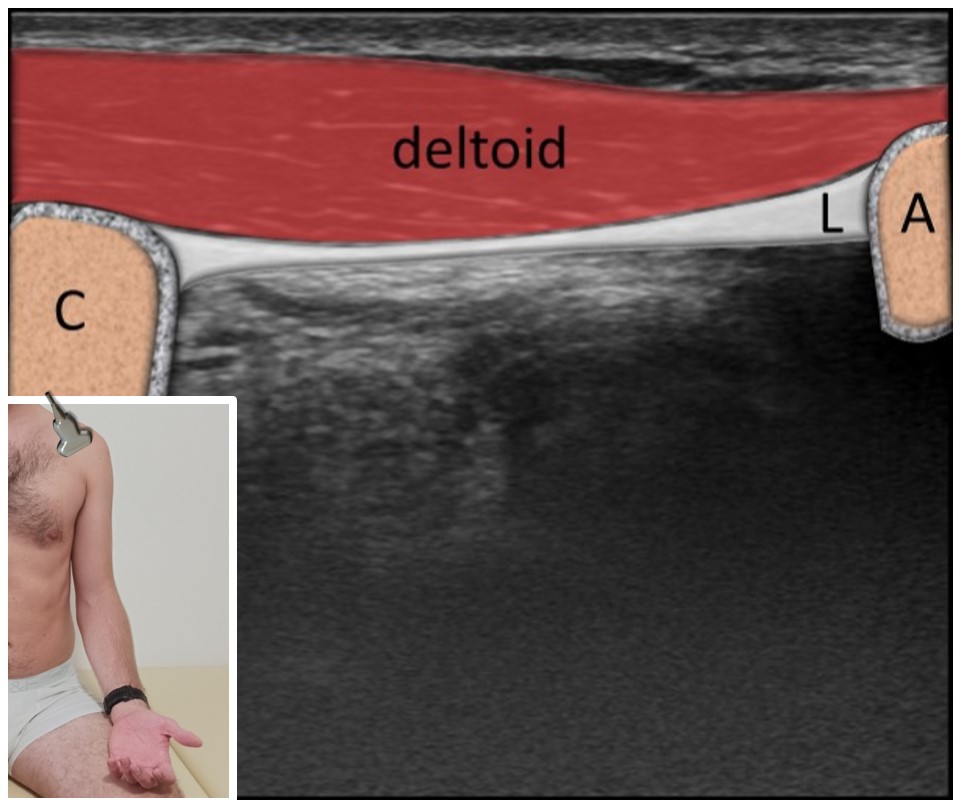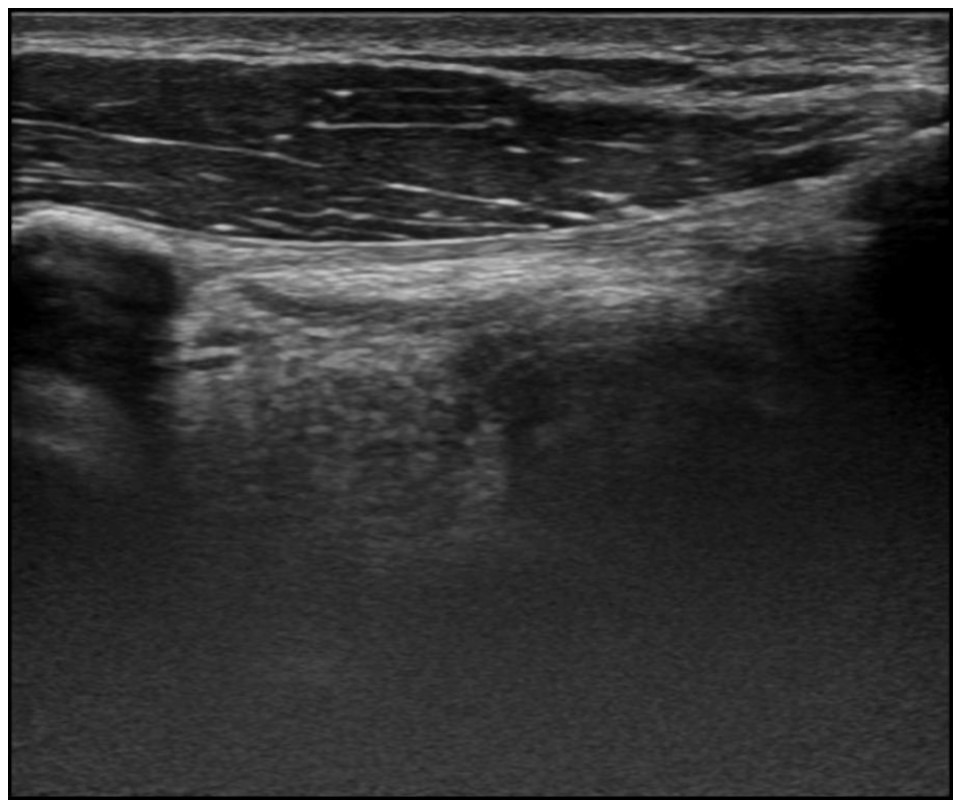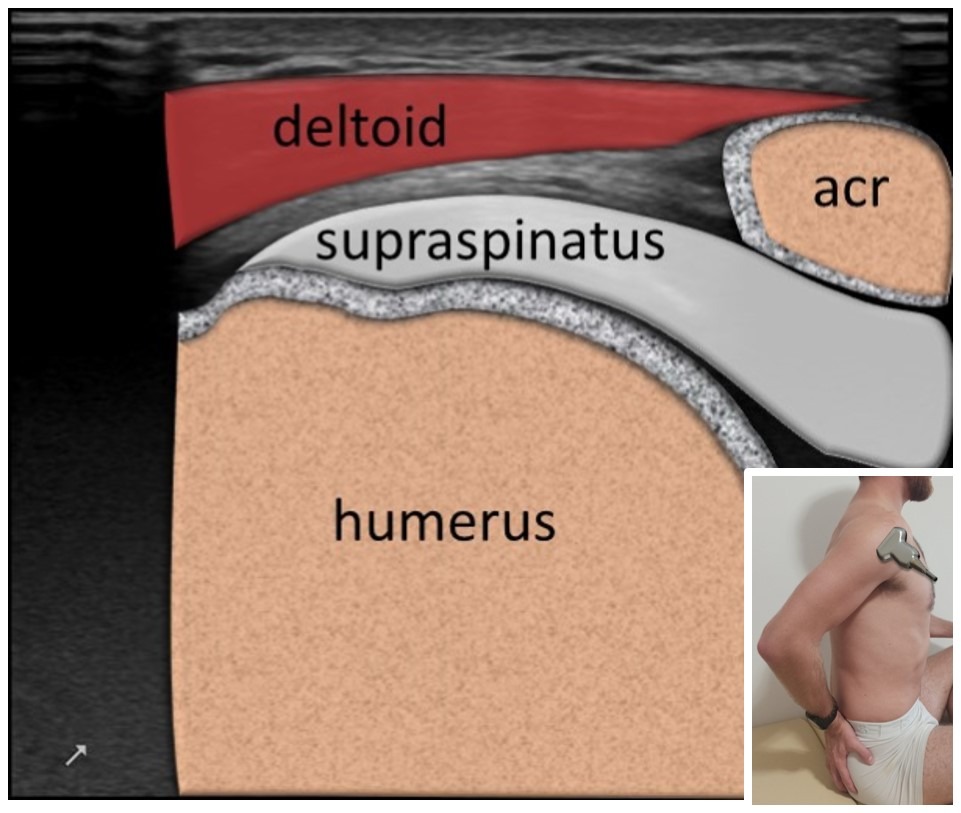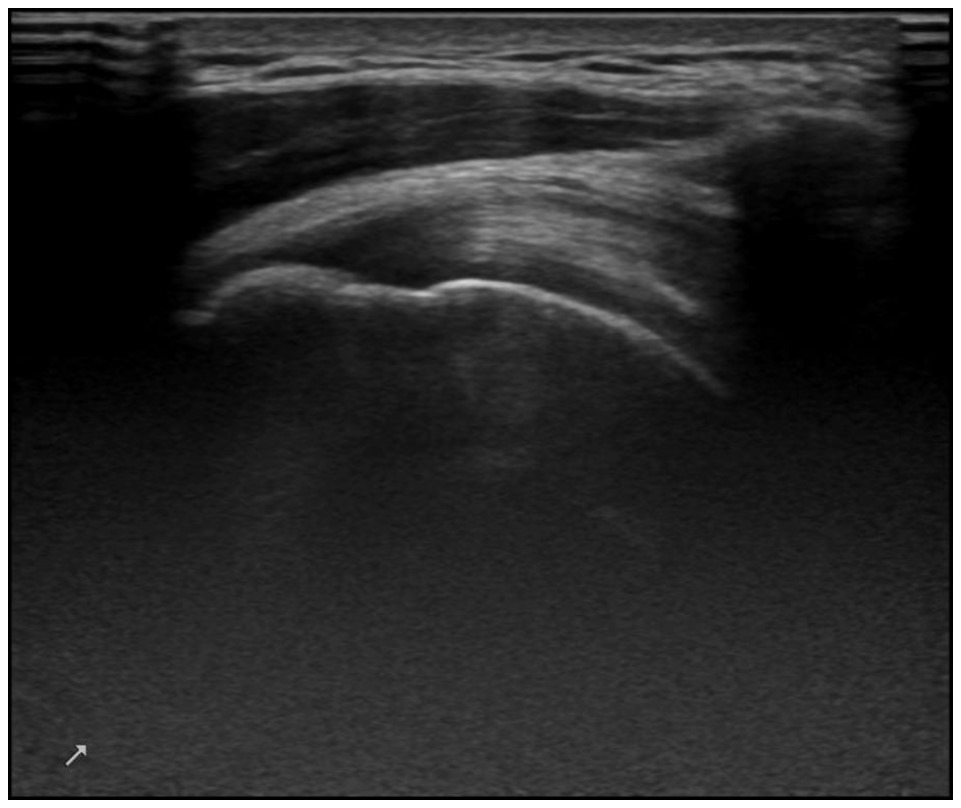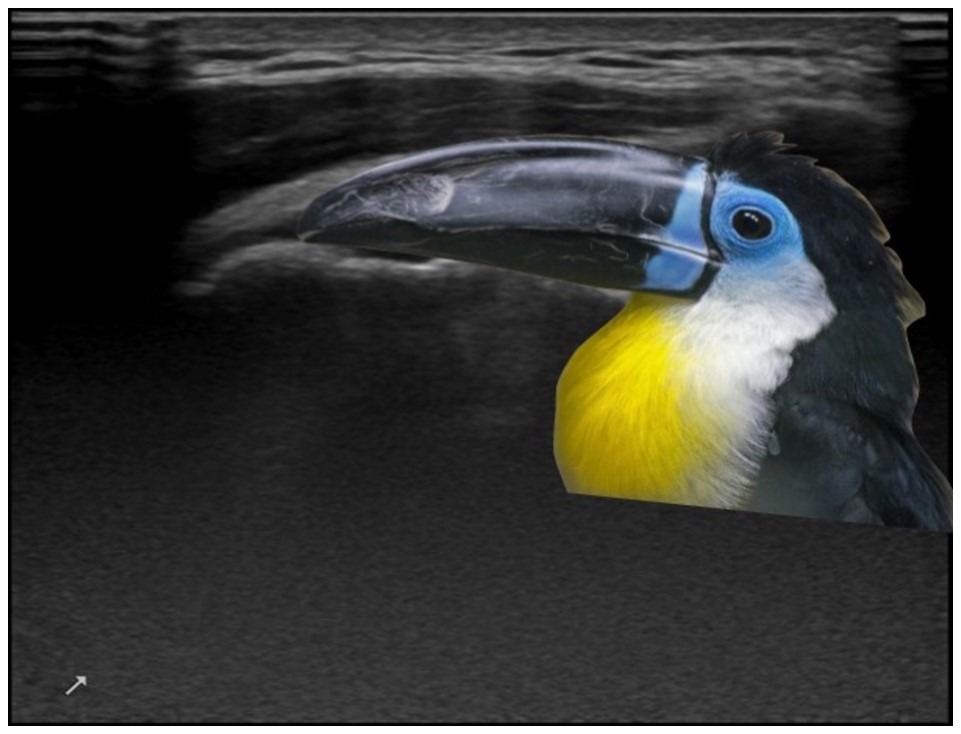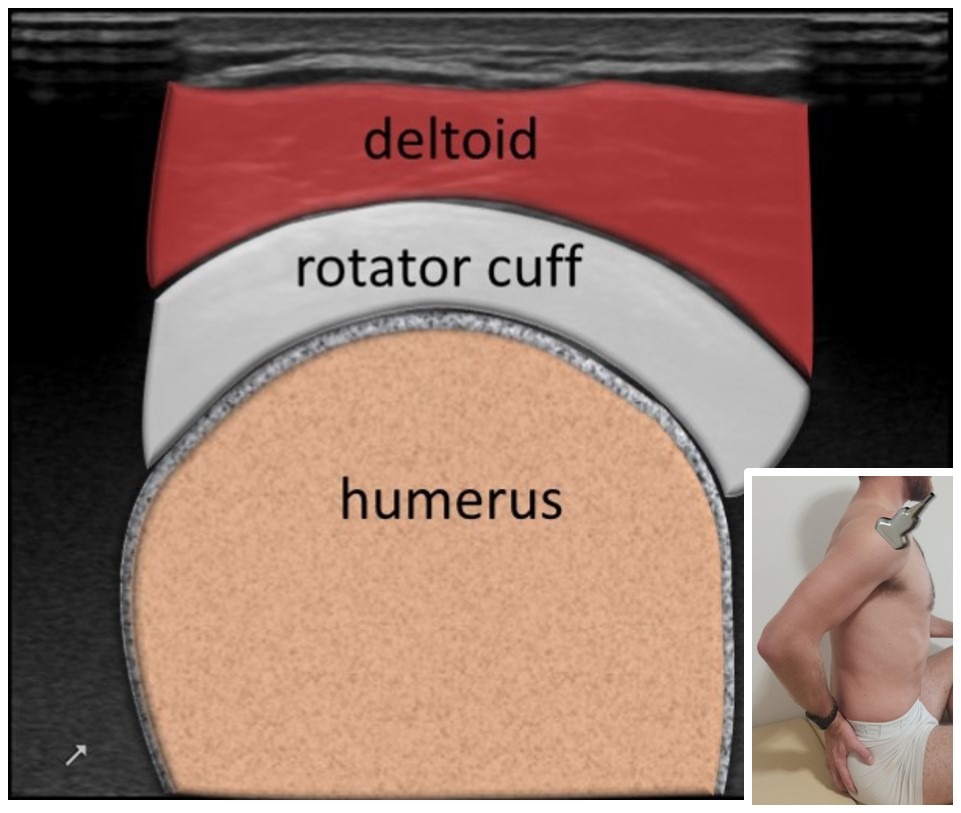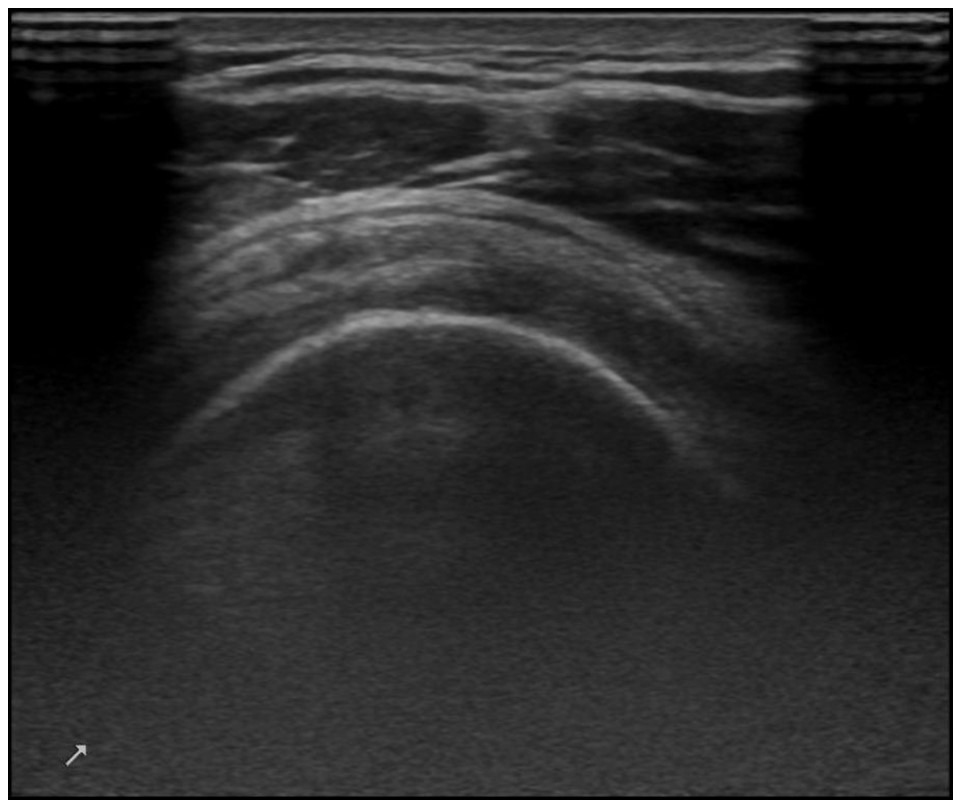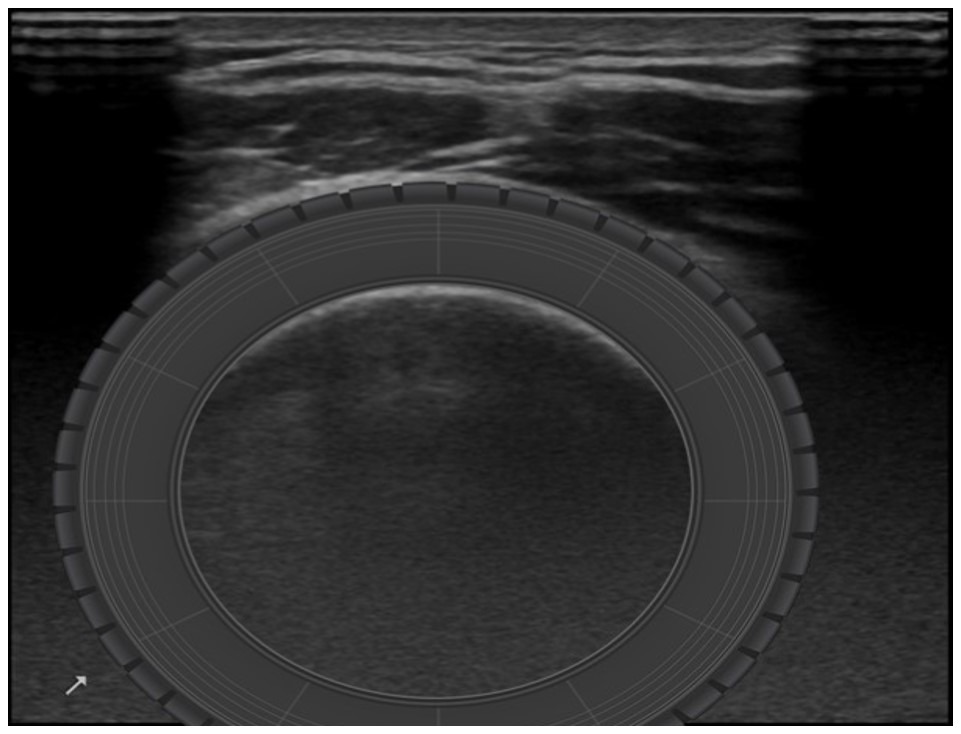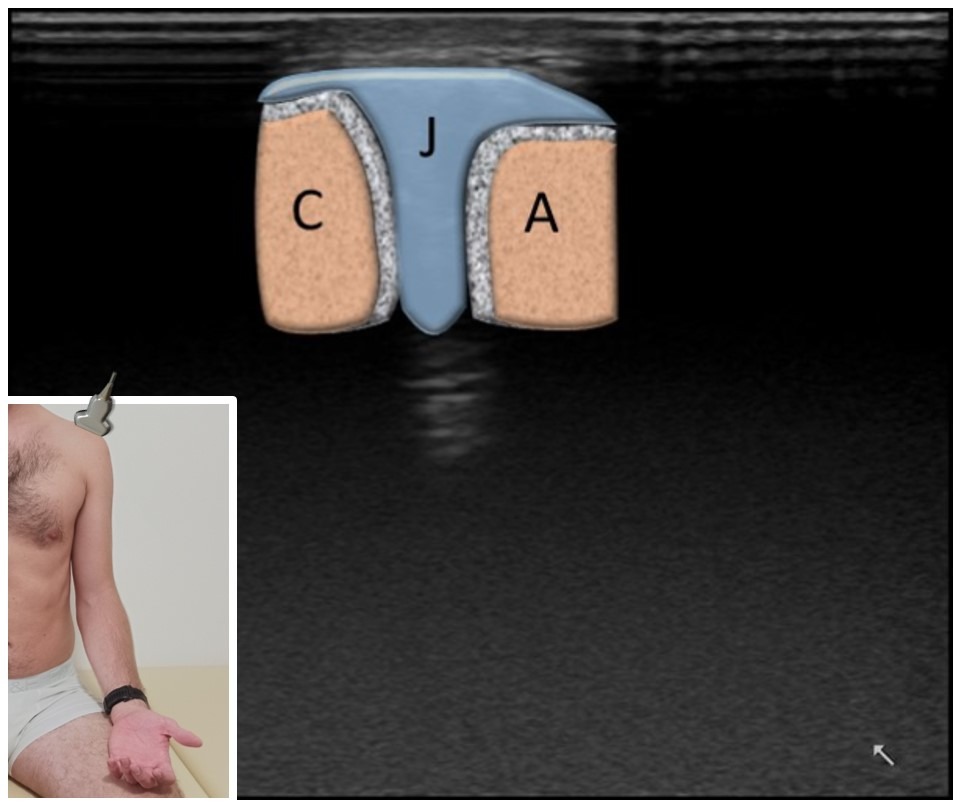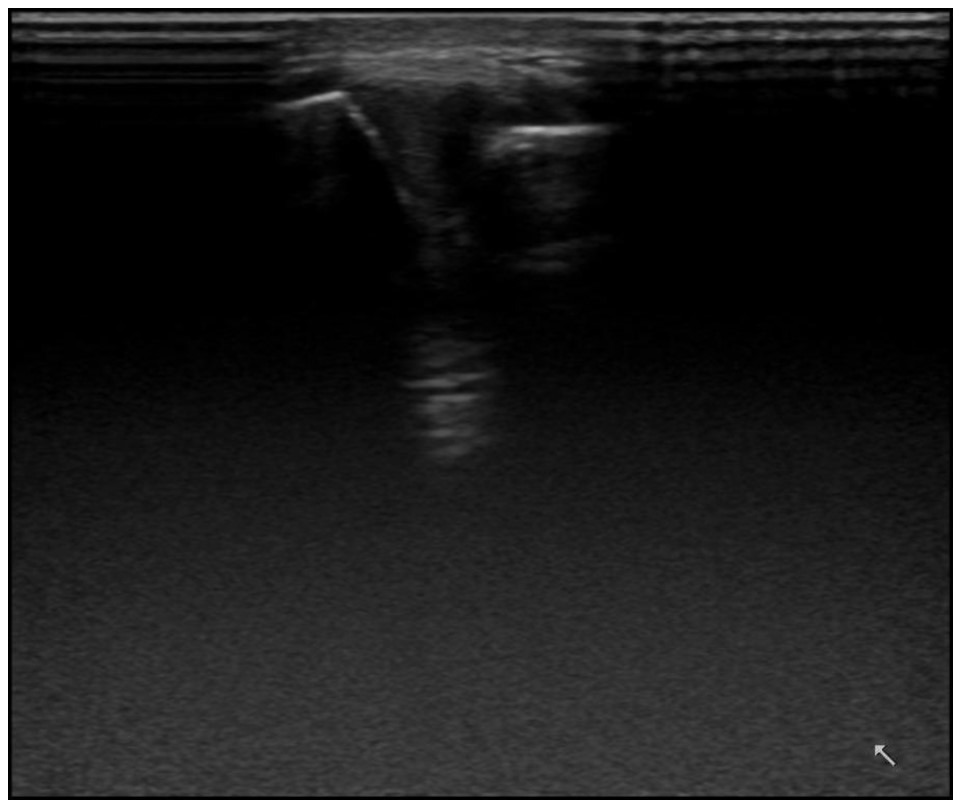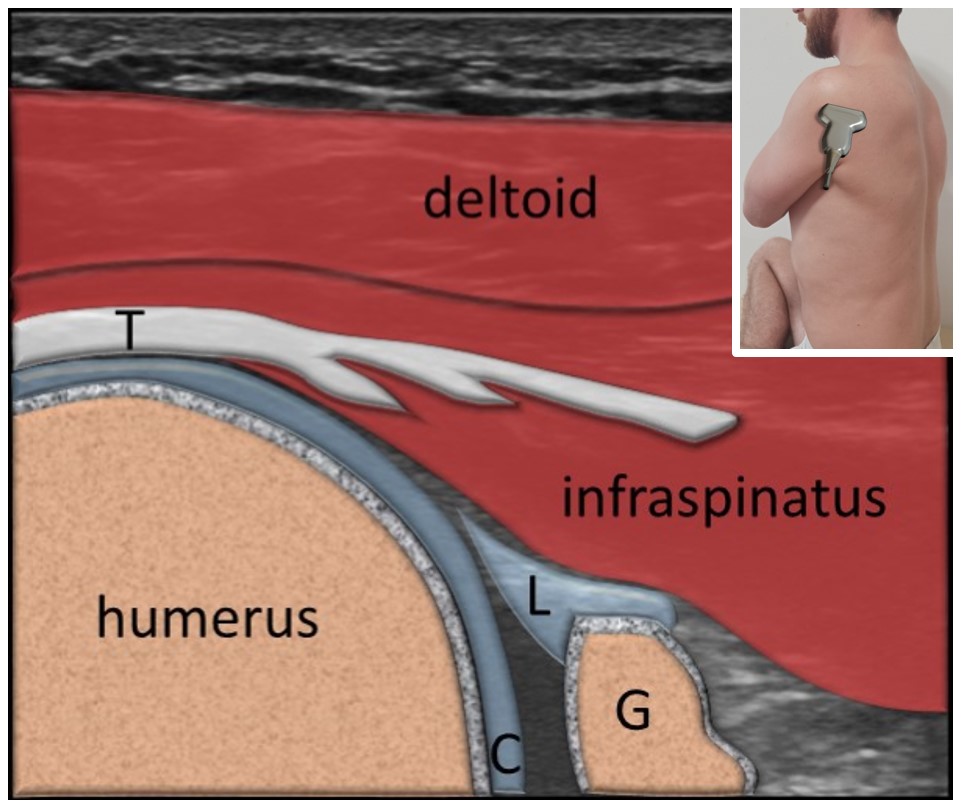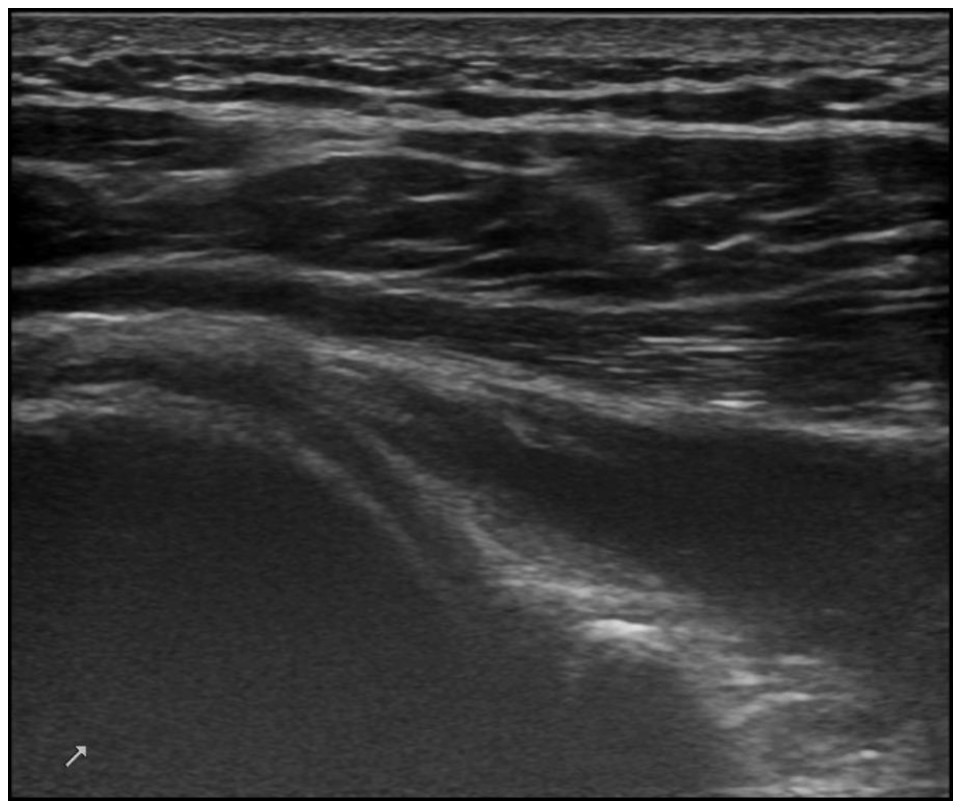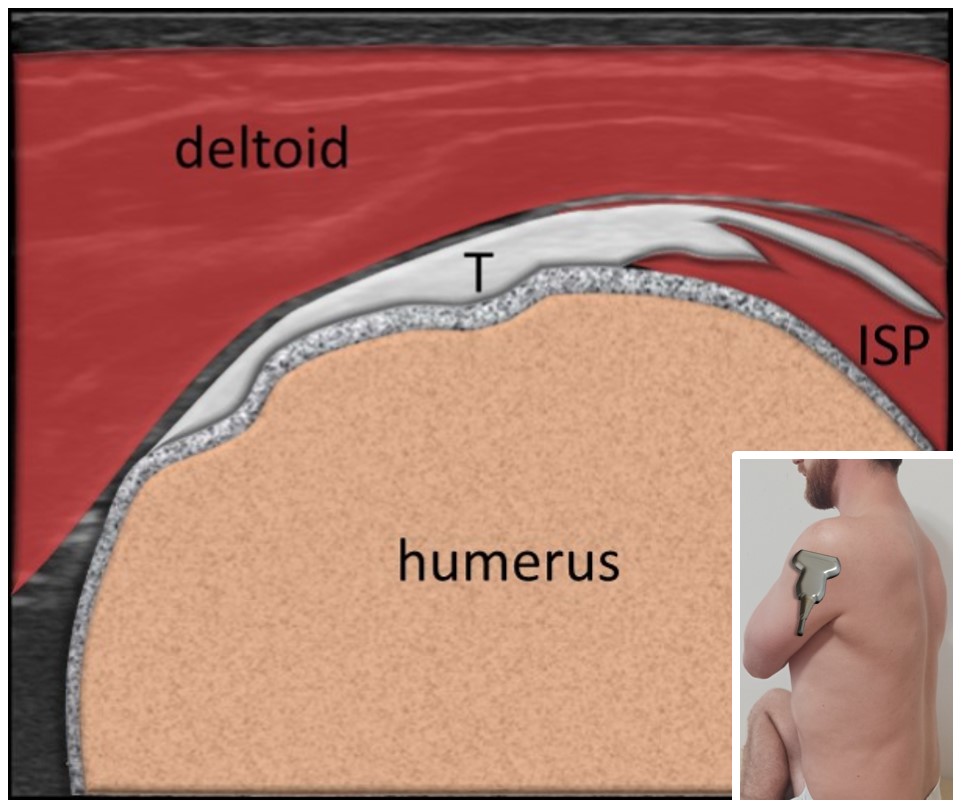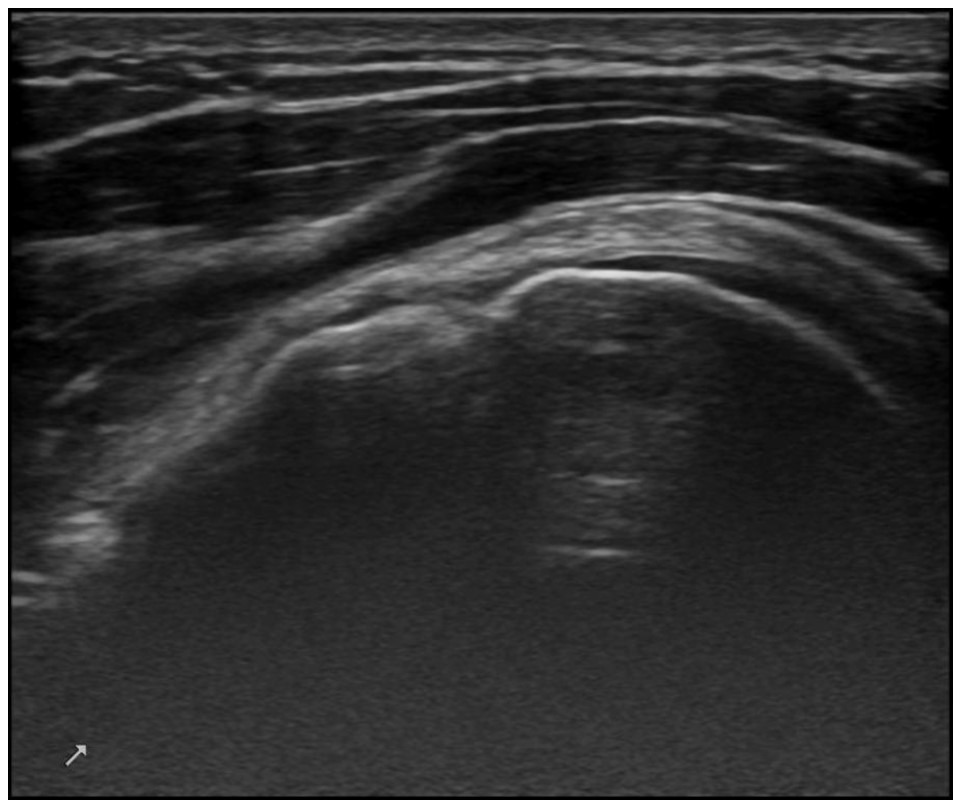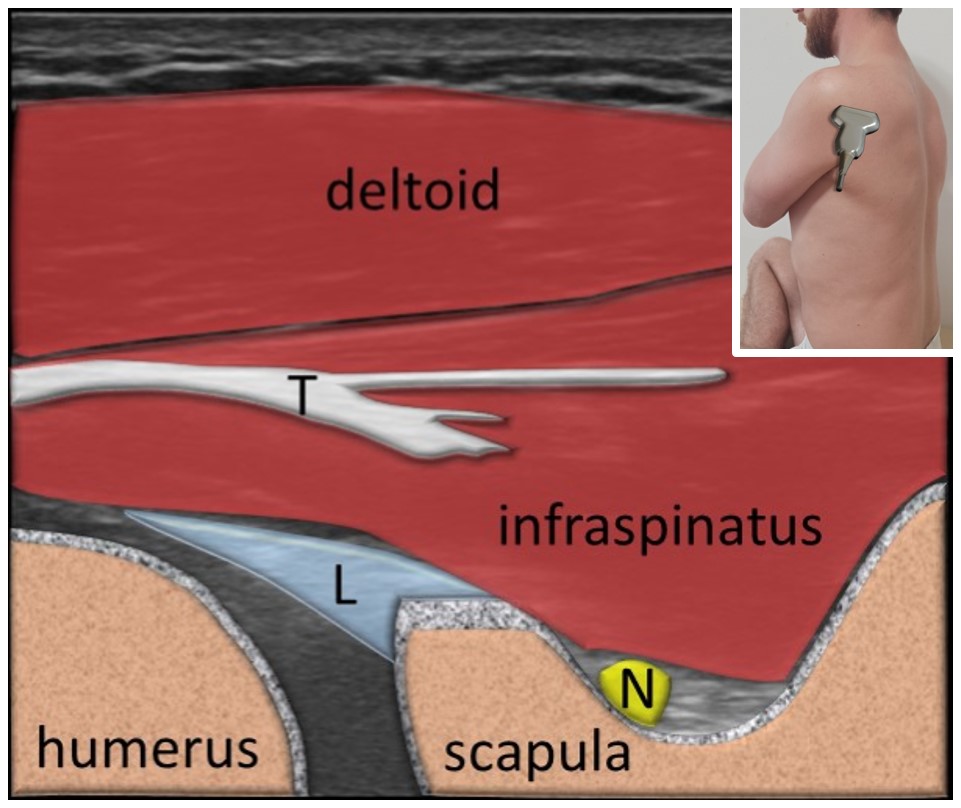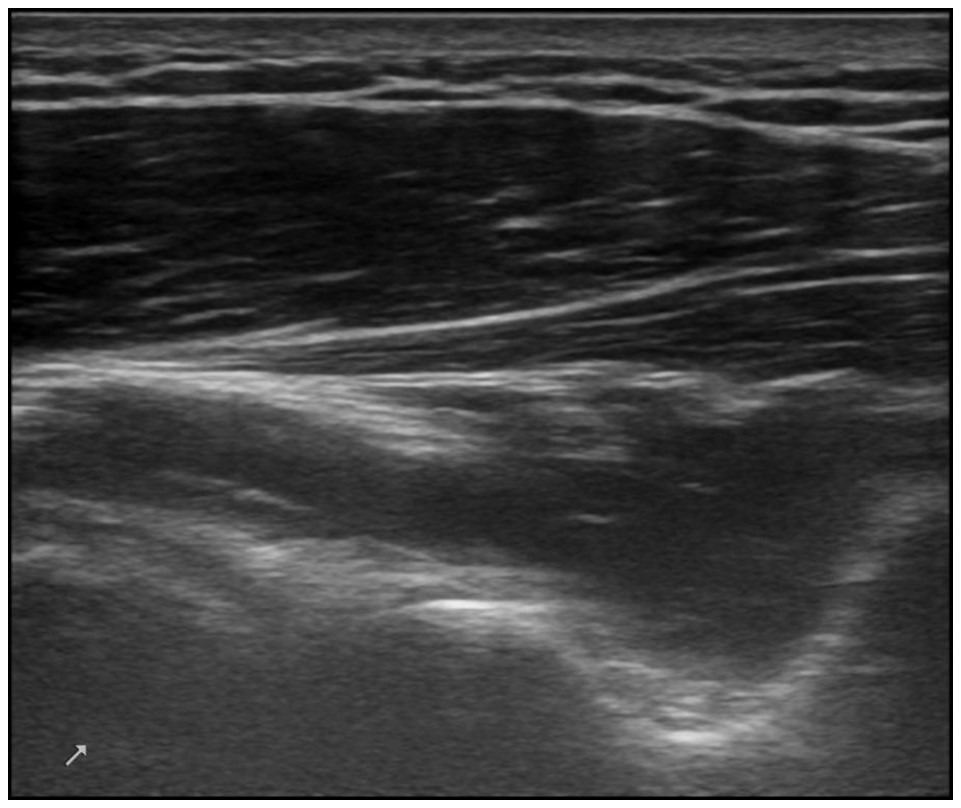SHOULDER
Introduction
Ultrasound allows immediate evaluation of periarticular soft tissues, both statically and dynamically. Following structures can be evaluated: biceps tendon, rotator cuff muscles and tendons, subacromial bursa, AC joint, coracoacromial ligament, soft tissues mass, calcifications, some bony defects, etc.
Position of the patient:
Patient is seated in front of the examiner. The upper extremity is in the neutral position, but the position can be varied in order to perform dynamic testing or for better visualization of certain parts of the muscles.
Scanning protocol
1. Anterior view
A. Horizontal plane – biceps brachii belly
B. Horizontal plane – biceps brachii long and short head
C. Horizontal plane – pectoralis major tendon
D. Horizontal plane – subscapularis tendon, LHBB tendon
E. Vertical plane – LHBB
F. Vertical plane – biceps brachii myotendineous junctipn
G. Oblique plane – coracoacromial ligament
2. Lateral view
A. Horizontal plane – supraspinatus tendon
B. Vertical plane – Rotator cuff
C. Acromioclavicular joint
3. Posterior view
A. Horizontal plane – labrum
B. Horizontal plane – infraspinatus tendon
C. Horizontal plane – suprascapular nerve
1. Anterior view
D. Subscapularis tendon, LHBB tendon short axis
Greater (TM) and lesser ™ tubercle is visualized moving the probe more cranially. In between (in bicipital sulcus) there is the long head of biceps brachii tendon (B). In this part, collection of the joint fluid can be seen around the biceps tendon. Subscapularis tendon (SSC) attaching the lesser tubercle can be also seen in this projection.
2. Lateral view
A. Supraspinatus tendon
The acromion (acr) and the greater tubercle on humerus are the bony landmarks to be looked for. In between these two structures supraspinatus tendon in long axis can be found. The width of supraspinatus tendon is approximately 4 cm, so the probe should be moved antero-posteriorly to scan all the parts of the tendon. This image is called a “birds-peak“. The subacromial bursa can be seen between supraspintus and deltoideus, when enlarged.
B. Rotator cuff
In this image the rotator cuff in short axis can be visualized. This image is called a “tire image”. The integrity of rotator cuff can be assessed by pushing the probe against the tendon. Normal tendon is not compresible, but when there is a rupture the image of “flat tire” can be present – the ruptured tendon is compressible. For better visualization of the superior and posterior portions of the supraspinatus the hand is put behind patient’s back (Crass and modified Crass position).
3. Posterior view
1. Özçakar L, Kara M, Chang KV, Tekin L, Hung CY, Ulaülı AM, Wu CH, Tok F, Hsiao MY, Akkaya N, Wang TG, Çarli AB, Chen WS, De Muynck M. EURO-MUSCULUS/USPRM Basic Scanning Protocols for shoulder. Eur J Phys Rehabil Med. 2015 Aug;51(4):491-6. Epub 2015 Jul 9. PMID: 26158915.

Unlock the power of musculoskeletal ultrasound with our comprehensive online course, designed for healthcare professionals who want to elevate their diagnostic skills. Whether you are new to ultrasound or looking to refine your techniques, this course offers step-by-step guidance to help you become confident in performing ultrasound examinations.
After completing the course you will be able to:
🔎Examine the major joints with ultrsound
💧Fluid Detection
💪Soft Tissue Identification:
Course Features:
📽️High-Quality Video Tutorials
📚Downloadable PDF Guide
⏱️Learn at Your Own Pace
Who Is This Course For?
👨⚕️Physical medicine & rehabilitation specialists
🤸Physiotherapists
🦴Orthopedic doctors
🧠Neurologists
☢️Radiologists
🩺GPs
👨🎓Medical students
💉Other healthcare professionals
